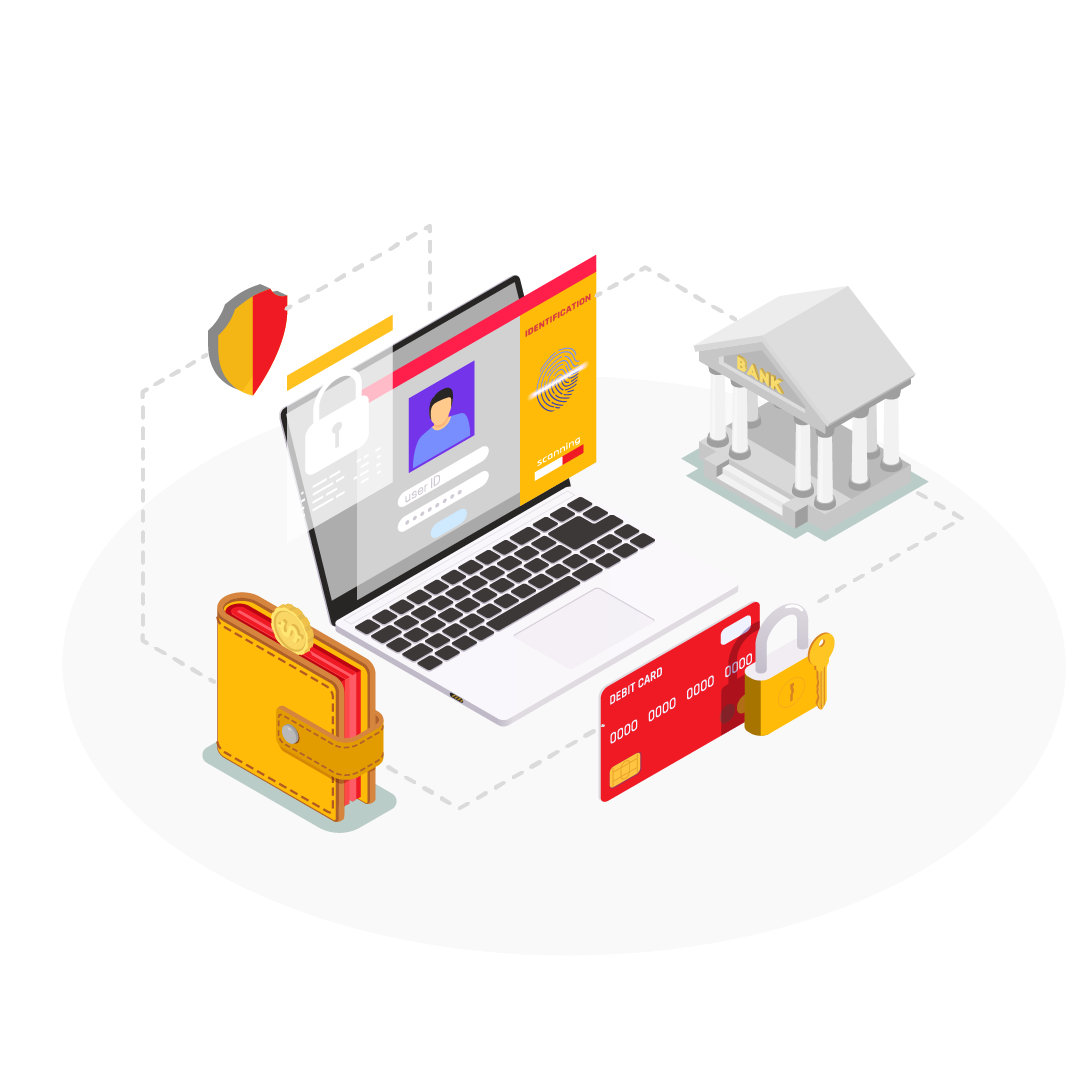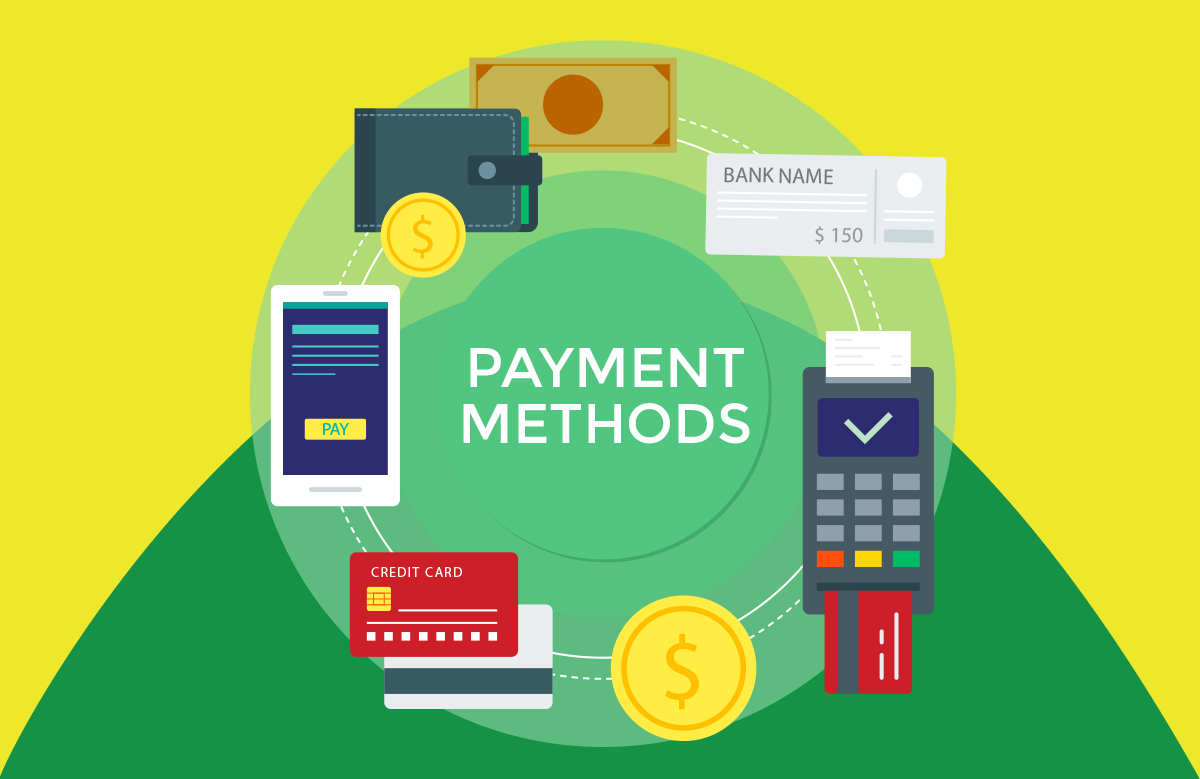One must consider current trends, personal style, body type, and the event to dress appropriately. Women’s fashion offers exciting and sometimes bewildering options. Creating a wardrobe that reflects your style and makes you feel good in everything you wear requires careful consideration of many factors. To assist you in making well-informed and fashionable selections for any event, this detailed guide will examine important factors to consider when selecting VeroModa women’s clothing, like short dresses for women.
-
Body Shape
When shopping for figure-flattering garments, knowing your body shape is crucial. Find out if you’re an hourglass, pear, apple, rectangle, or inverted triangle shape; different styles look good on different bodies. Wearing an A-line dress might draw attention to an hourglass figure, while high-waisted trousers would do the same for an apple shape. Knowing your body type can help you put your best features forward and achieve a well-proportioned silhouette.
-
Personal Style
The clothes you wear should express your unique sense of style and the things you like. Create a minimalistic, classic, bohemian, or eclectic outfit that suits you. Try on different styles until you like one. Mixing and matching styles lets you express yourself through clothing.
-
Color Scheme
Your ability to accessorize with clothing that accentuates your natural beauty depends heavily on your familiarity with your color palette. Some colors enhance your skin’s glow, while others hide it. Determine your warm, cool, or neutral skin tone and choose colors that highlight your best features.
-
Texture and Fabric
When shopping for clothes like ladies jacket, keep in mind that the fabric and texture will have an impact on how you feel and how you look. When choosing fabrics, keep the weather and events in mind. Cashmere and wool are warm in winter, and linen and cotton are light in summer.
-
Comfort and Measurement
When clothing doesn’t fit properly, how fashionable it is makes no difference. Emphasize wearing comfortable clothing that accentuates your best features. Be careful with the measurements and the sizing charts; tailoring may be an option if you want a tailored fit. Having clothes that fit you perfectly does wonders for your self-esteem and physical attractiveness.
-
Current Styles vs. Classic Items
Despite the allure of following the newest trends, it is critical to maintain a balance with classic pieces. Invest in timeless pieces that will remain in style for years to come. Mix and match trendy items with classic pieces to build a well-rounded and timeless wardrobe.
-
Budget
Setting a spending limit can help you focus on quality rather than quantity when shopping. It would be best to prioritize investing in versatile, statement pieces that complement your style. To discover one-of-a-kind things that are affordable, keep an eye out for sales and think about buying used or vintage items.
Conclusion
When choosing VeroModa women’s clothing, like biker jacket women consider body type, personal style, color scheme, and event. After mastering these basics, you can build a confident, stylish wardrobe. Express yourself through fashion—showcase your strength and confidence. To know more, please visit this website.


























